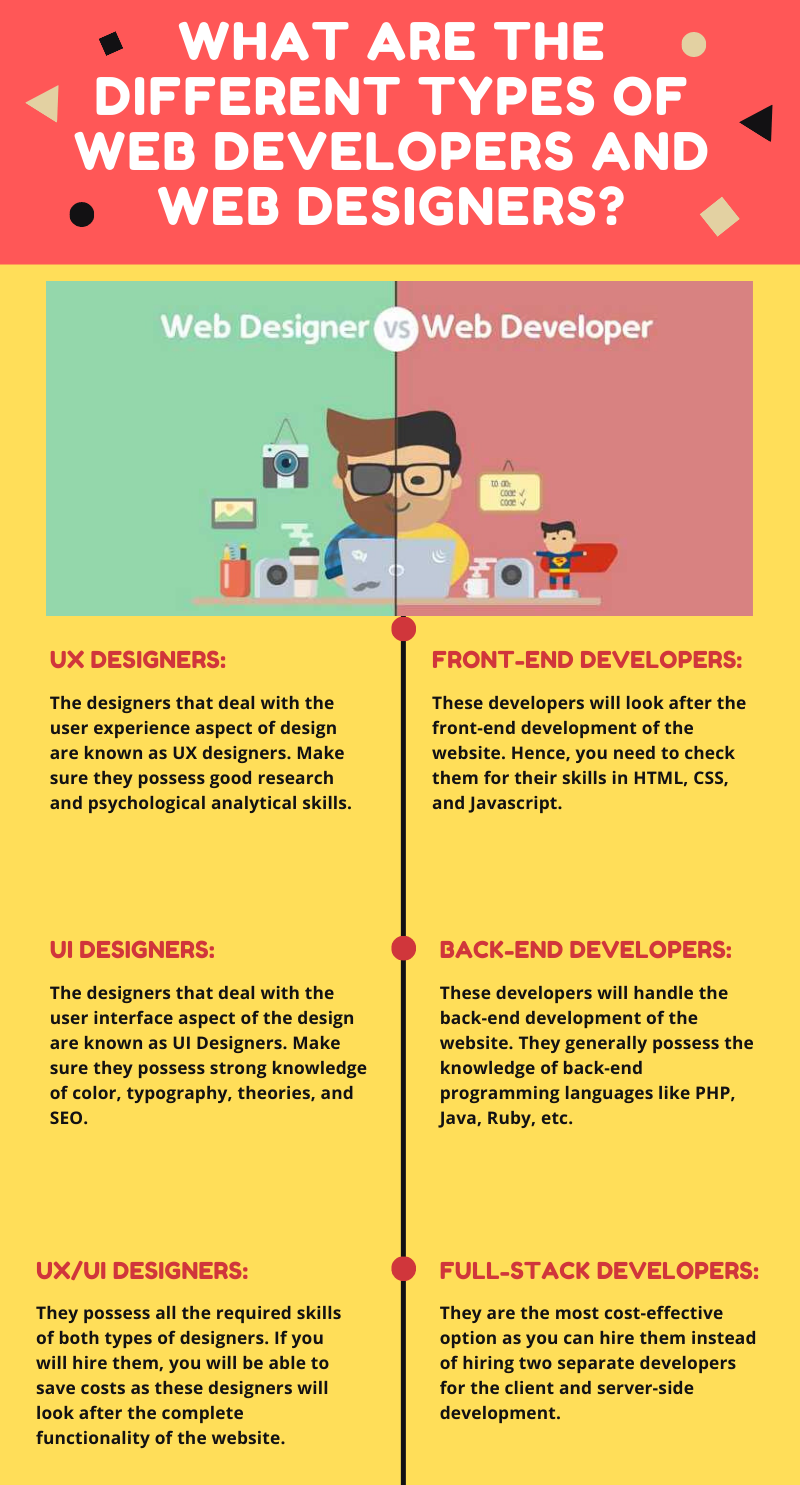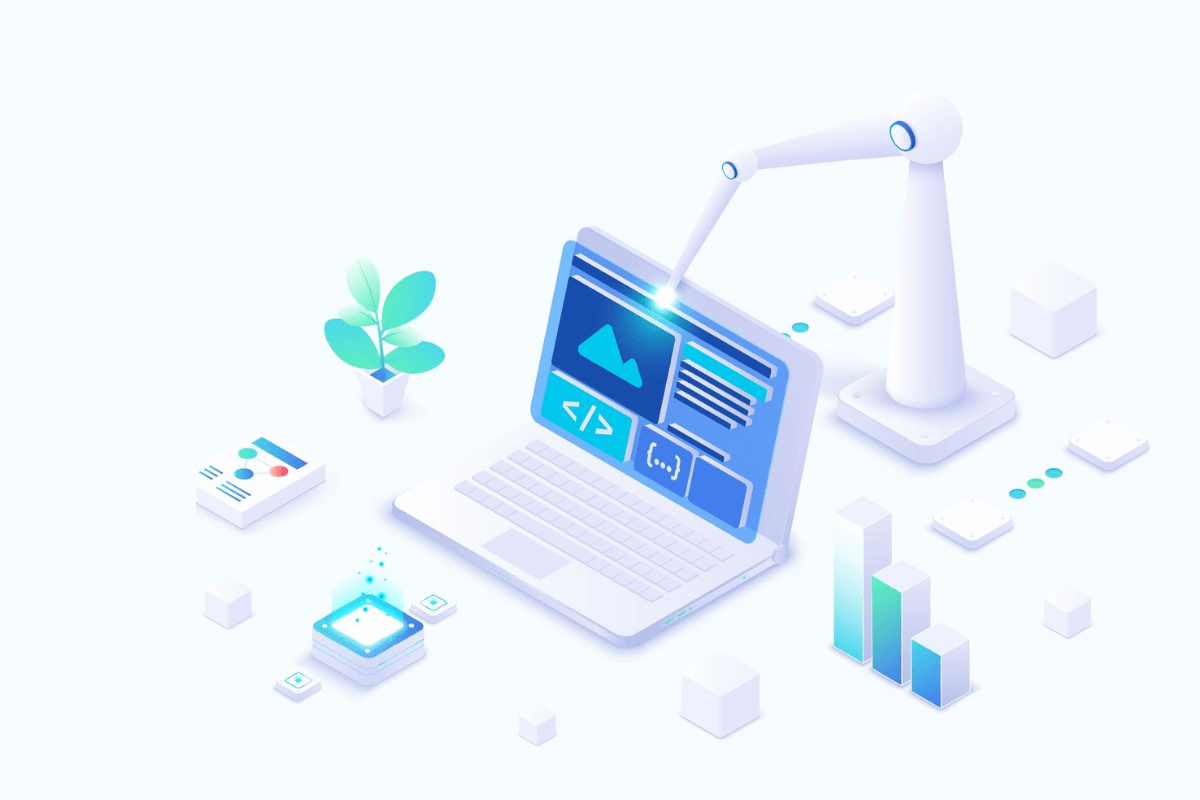Branding and web development techniques that align with user needs
Wiki Article
Discovering the Uses of Website Design for Enhancing User Experience
Web style considerably influences customer experience across electronic platforms. By concentrating on user demands, designers create websites that are not only aesthetically appealing but accessible and also functional. Key elements such as responsive style and instinctive navigation play vital roles in improving functionality. The difficulty lies in recognizing just how these parts engage to meet developing individual expectations. The exploration of these elements exposes understandings that can transform electronic interaction.Recognizing Individual Demands and Assumptions
Exactly how can Web designers successfully straighten their developments with individual requirements and assumptions? To attain this, designers must participate in thorough user research to catch the preferences, habits, and pain points of their target audience. Utilizing methods such as studies, meetings, and use screening, designers gather valuable insights that guide their decision-making process.Developing user characters can additionally help in envisioning various user sectors, guaranteeing that design selections resonate with actual users. Furthermore, designers must prioritize user-friendly navigating and clear contact us to activity, which help with smooth interactions.
The Value of Responsive Style
As individuals significantly access web sites on a selection of devices, responsive style has actually become essential for developing a positive customer experience. This technique enables Web pages to adjust perfectly to various display sizes, making certain that material is accessible and easily understandable, despite whether a user is on a desktop, smart device, or tablet computer .Responsive style improves functionality by supplying a consistent experience, decreasing the requirement for extreme scrolling or zooming. Furthermore, search engines favor responsive websites, which can improve a site's visibility and reach. This layout approach additionally enhances advancement efforts, as it gets rid of the need for multiple versions of a website customized to specific devices.
Integrating receptive style not just satisfies customer assumptions yet also straightens with contemporary Web requirements, fostering involvement and fulfillment. Ultimately, it indicates a dedication to accessibility and inclusivity, pivotal elements for any type of effective on the internet visibility.
Developing Intuitive Navigating
A reliable Web layout not just includes receptive formats but also prioritizes user-friendly navigating, which is important for guiding users through an internet site flawlessly. User-friendly navigating assurances that users can conveniently locate information without unnecessary effort. Crucial element include a clear menu structure, logical classification of web content, and recognizable icons or labels.Uniformity in navigation placement across different pages cultivates familiarity, enhancing user comfort. Making use of breadcrumb trails permits users to track their location within the website, assisting in backtracking and expedition. Furthermore, optimizing navigation for mobile phones is basic, as numerous users access sites via tablet computers and smart devices.
Incorporating a search bar can furthermore simplify the user experience, making it possible for fast access to certain content. Generally, user-friendly navigating lowers stress, encourages longer site sees, and inevitably results in greater customer fulfillment and engagement. By concentrating on navigation layout, Web designers can substantially improve the overall individual experience.
Utilizing Visual Hierarchy Successfully
Reliable Web layout pivots on the calculated usage of visual hierarchy, making sure that customers can effortlessly browse content and understand the most essential information at a glance. By focusing on elements based upon their value, developers can guide users' interest towards crucial locations, such as headlines, calls-to-action, and vital photos.Methods such as dimension, color, placement, and contrast play important duties in developing this hierarchy. As an example, bigger text often signifies better significance, while contrasting colors can attract interest to essential actions. In addition, regular alignment and spacing aid produce an arranged format, making it easier for individuals to refine info quickly.
Incorporating images strategically can boost understanding and retention of content. When utilized properly, a well-defined aesthetic hierarchy not just enhances use but likewise improves the general customer experience, allowing users to engage meaningfully with the website's goals.
Enhancing Readability and Accessibility
Visual power structure considerably influences how individuals engage with a site, however just as important is guaranteeing that material continues to be browse around here obtainable and readable to all audiences. Efficient website Get More Info design uses clear typography, consisting of ideal font style sizes, line spacing, and comparison to improve readability. The use of high-contrast shade systems can aid those with visual disabilities, while larger message dimensions profit individuals with reading problems. Furthermore, including alt text for pictures guarantees that people making use of display visitors can access essential information.Designers should likewise take into consideration the format and framework of web content, using headings and bullet points to break up big blocks of text. This not just help skimming but also aids users with cognitive impairments. Inevitably, prioritizing readability and ease of access promotes a comprehensive environment, enabling diverse target markets to involve totally with the web site's content (web development). By resolving these aspects, Web designers can considerably improve the overall user experience
Incorporating Engaging Aesthetic Elements
Including appealing visual components is crucial for improving user experience in Web design. Shade psychology plays a substantial function in affecting individuals' emotions and actions, while interactive graphics can capture focus and urge exploration. With each other, these elements develop a much more vibrant and enticing online atmosphere.
Importance of Shade Psychology
The significance of shade psychology in Web design can not be overemphasized, as it plays a crucial duty fit customer understandings and habits. Colors evoke feelings and can affect exactly how customers communicate with a website. For circumstances, blue typically conveys depend on and expertise, making it a preferred option for monetary institutions. On the other hand, red can activate seriousness and enjoyment, typically utilized in sales promotions. Comprehending the mental results of shade makes it possible for developers to produce a natural aesthetic experience that reverberates with customers. Additionally, consistent shade systems improve brand name identity and acknowledgment, making sure customers associate specific shades with particular brands. Inevitably, thoughtful application of color psychology can greatly enhance customer engagement and fulfillment, making it an essential facet of effective Web design.Utilizing Interactive Graphics
Engaging customers through interactive graphics can considerably boost their total experience on a web site. These aspects, such as computer animations, infographics, and clickable visuals, promote a deeper link between customers and the content. By urging exploration and participation, interactive graphics can make intricate details a lot more digestible and maintain customers' attention longer. Additionally, they supply a possibility for users to engage with the website in a purposeful way, bring about raised satisfaction and a greater probability of returning. It is vital to balance interactivity with functionality; overly intricate graphics might confuse individuals. Effectively carried out, interactive graphics can change a passive viewing experience right into an interesting trip, inevitably adding to boosted user experience and website effectiveness.Continual Evaluating and Renovation Techniques
Continual testing and enhancement strategies offer as important elements in enhancing Web style for individual experience. By carrying out iterative screening, designers can gather real-time straight from the source responses on user communications, allowing them to identify pain factors and locations for enhancement - web design. A/B testing, functionality screening, and heat mapping are efficient methods that supply insights into user habits, making it possible for informed style decisionsFurthermore, these methods urge a culture of recurring improvement, as opposed to an one-time launch. Web designers can utilize analytics devices to keep an eye on performance metrics, such as bounce prices and conversion rates, which lead needed modifications. Routine updates based upon individual responses not only improve capability but additionally foster user contentment and loyalty.
Eventually, constant testing and improvement produce a receptive Web style atmosphere where individual experience is focused on, making certain that the site evolves alongside individual demands and technological advancements. This aggressive approach leads to an extra interesting and reliable on the internet presence.
Frequently Asked Inquiries
Just How Can Color Psychology Influence Customer Experience in Web Style?
Shade psychology significantly influences user experience in Web design by evoking feelings and assisting habits. Different shades can produce associations, enhance readability, and influence individual interaction, eventually shaping assumptions of a brand name or website's functionality.What Duty Does Typography Play in Individual Engagement?
Typography substantially affects individual involvement by improving readability, developing pecking order, and communicating brand character. Effective font style options can capture interest, stimulate emotions, and guide users with web content, inevitably boosting overall communication and contentment with the site.
How Do Social Differences Influence Web Style Preferences?
Social distinctions substantially influence Web design preferences, affecting color selections, format, imagery, and navigation designs. Recognizing these variations allows developers to create more relatable and appealing experiences tailored to varied individual histories and expectations.
What Tools Can Assist Examination User Experience Effectively?
Numerous devices, consisting of Google Analytics, Hotjar, and UsabilityHub, efficiently examination customer experience. These systems supply understandings into customer actions, assist in A/B screening, and gather responses, helping developers make notified decisions to improve total usability.How Often Should a Site Be Upgraded for Optimal Individual Experience?
An internet site must be redesigned every 2 to 3 years to maintain ideal individual experience. Normal updates guarantee the design stays contemporary, responsive, and lined up with advancing customer demands and technical innovations, enhancing overall engagement.Producing individual personalities can further aid in envisioning different user sectors, guaranteeing that style options reverberate with actual individuals. As individuals progressively gain access to sites on a variety of devices, responsive design has come to be crucial for developing a positive individual experience. Including engaging visual elements is important for enhancing user experience in Web design. Ultimately, continual screening and improvement develop a responsive Web style setting where user experience is focused on, ensuring that the site progresses along with individual demands and technical advancements. Color psychology greatly affects individual experience in Web style by evoking feelings and directing behavior.
Report this wiki page